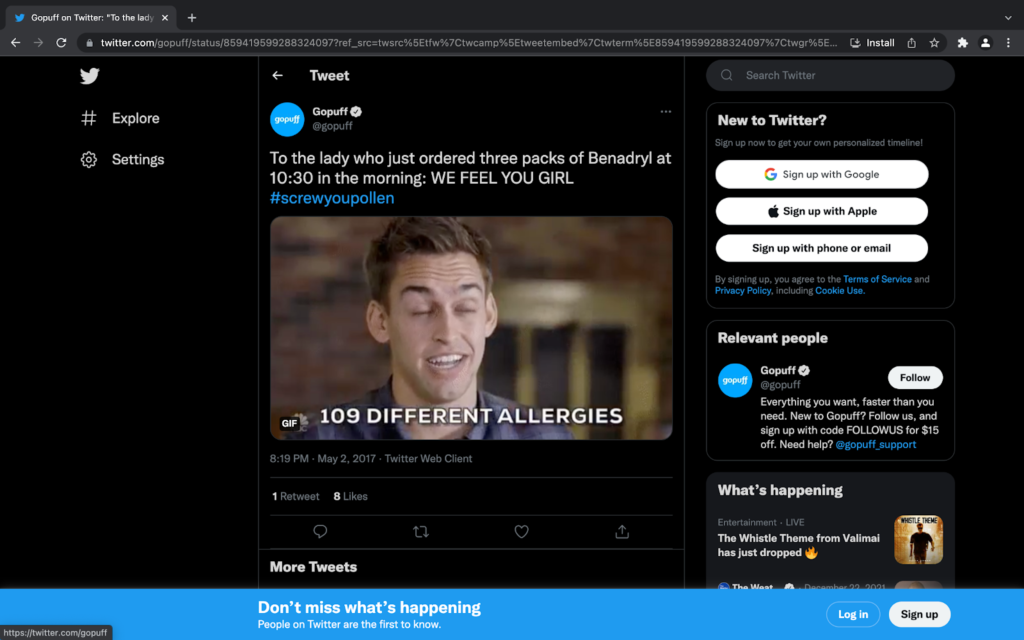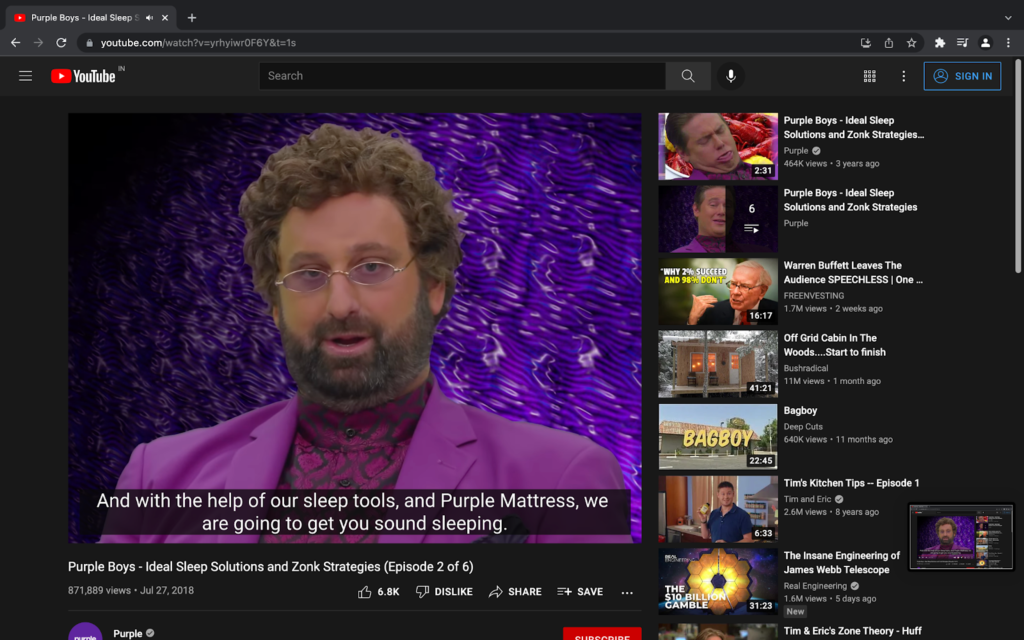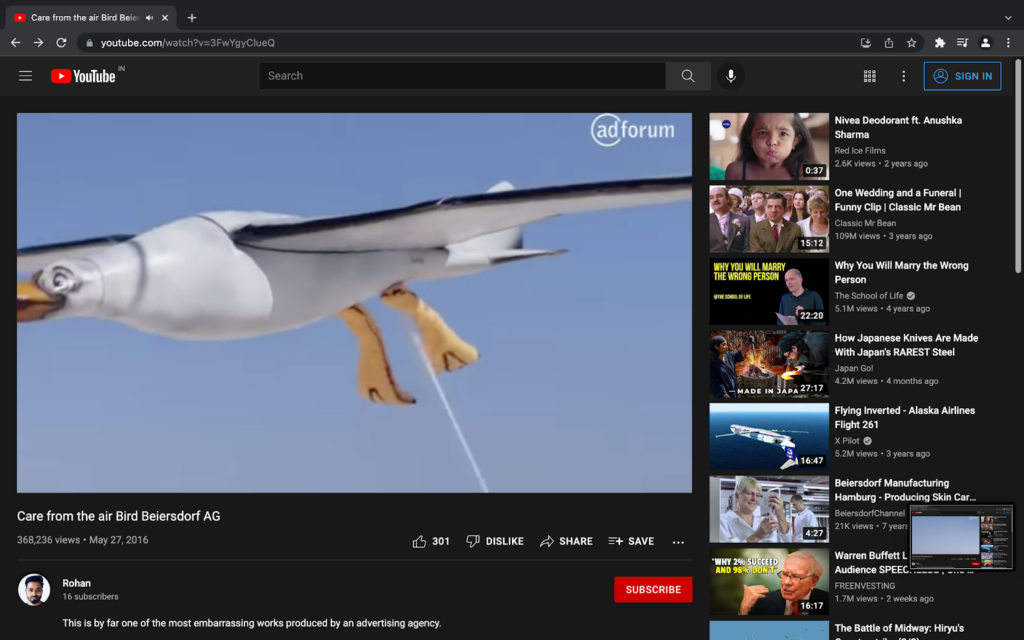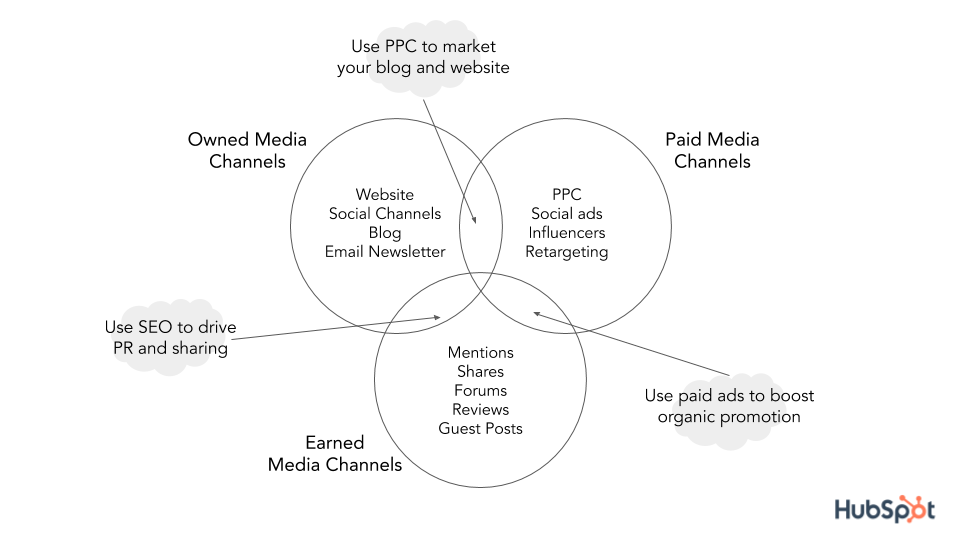8 Memorable Content Distribution Tactics Used By Brands

Table of Contents
- Content Distribution and its Advantages
- Advantages Of Content Distribution
- 8 Brands’ Bizarre Content Distribution Tactics
- Content Distribution Channels
- Tips To Build A Content Distribution Strategy
- Key Takeaways
- Conclusion
- FAQs
Great content is a waste if you can’t figure out ways to distribute it. Do you feel you are in a rut for new and creative ways of content distribution tactics? Well, buddy, you aren’t alone. After applying all the tricks in the trade to make sure your content reaches our audience at the right place, in the right way, it might seem you have hit a wall.
The distribution part always comes after the creation part. But it is equally important to know where you will share, publish and promote your content before you get down to writing it. Because what to write is primarily determined by where you want to put it.
Here are some content distribution statistics as per Hubspot:
- 60% of marketers create one piece of content each day.
- 952 posts are published on Instagram each second.
- 8,726 tweets are posted to Twitter each second.
- Google answers 3.8 million search queries per minute.
If you handle content distribution at your organization, it can be difficult to consistently develop ideas that work. That is why we have come up with a list of content distribution ideas by brands worldwide that might inspire you to think out of the box and get you the much-needed leads and sales.
Content Distribution and its Advantages
Content distribution is sharing and promoting your content through different channels and media formats. You attract and retain visitors and convert them into consumers through your carefully curated content.
Its advantages include the following:
- Traffic: Distributing your content the right way – search engines, social media, email links, etc. – can drive traffic
- Leads/sales: The right content distribution can bring in the right people who can eventually become your customers.
- Email subscribers: Your blog posts can ask people to sign-up for your emailers.
Now that we are clear about content distribution let’s get back to what you all came here for – the bizarre content distribution tactics used by brands that worked.
8 Brands’ Bizarre Content Distribution Tactics
1. Go Puff
Go Puff has made life easier for the owls of the world. If you are someone who stays up till late at night and occasionally/regularly feels the need to snack, the Go Puff app allows you to order stuff from the convenience store.
Why are they on our list of bizarre content distributing tactics? Well, you have got to check out the odd commercials they have put out. One of the commercials mentions all the weird items people order online late at night. They put it out on Twitter, and needless to say, the Internet caught on to it pretty fast.

This was a witty move by Go Puff. While they are calling out on the weirdness of their customers, the commercial plays high on the relatability factor.
2. South Park Video Games
If you have watched South Park, you know how unconventional and unabashed the show is. It is no surprise that the content distribution tactics for its video game are equally absurd. Talk about being given things you didn’t ask for – a fart mask. Yes, you read it right. Ubisoft and Buzzman worked together to create a virtual reality mask that smells of farts.
As bizarre as it sounds, it was quite challenging to perfect the smell of farts. To get the smell right, Buzzman worked with many chemists and perfumers. They also worked with a team of engineers, designers, and other specialists to develop the VR mask. The mask was named – Nosulus Rift. Though the mask is not for sale, it is used at promotional events for the South Park game.

3. Purple
Purple collaborated with comedians Tim and Eric to create a bizarre web series called Purple Boys. They could have chosen a regular mattress ad, but they aimed for goofiness. In this Facebook series, the duo interview fictional characters who suffer from insomnia. With each episode, information about Purple Mattress is given out, and every episode ends with the character getting a good night’s sleep on a Purple Mattress.
Here’s a scene from an episode for you to enjoy.

4. Burger King
Burger King and McDonald’s advertising rivalry is legendary! And one that can teach most of us important content distribution tips. They truly inspire each other to bring out their A-game. For 2016 Halloween, Burger King covered one of its buildings in Queens, NY, with a white cloth and called it ‘The Ghost of McDonald’s’ with a message – ‘Booooooo! Just kidding, we still flame grill our burgers. Happy Halloween.’ The ad was the brainchild of ad agency David Miami and took forward the Burger King and McDonald’s years of sparring.

5. The Art Institute of Chicago and Airbnb
Talk about mixing art and reality! Ad agency Leo Bernett took the mantle for promoting Art Institute of Chicago’s Van Gogh exhibit in 2016. They partnered with Airbnb to create a unique and immersive experience for one and all.
If you were an art lover, it was an opportunity for you to get into the world Van Gogh painted. If you are not an art lover, it was still an interesting experience. Multiple designers and museum curators transformed a small flat in Chicago into Van Gogh’s most famous paintings – Bedroom in Arles.
The flat was put on rent, and the posters to advertise it was all over the city. The poster asked the passerby/onlookers to contact Van Gogh (Leo Bernett’s social media team) for renting the room on Airbnb for only $10 a night.
The campaign caught the media attention throughout the country, and the museum saw its largest daily exhibition attendance in years.

6. Nivea Kids Sunscreen
I scream, you scream, we all scream for sunscreen. We all know how important sunscreen is. Doctors have been talking about not stepping out of the house without applying sunscreen. While most adults get that, the children need the convincing. Nivea came up with unique content distribution ideas, an ingenious and fun way to promote their kids’ sunscreen.
A German agency Jung von Matt/Elbe, designed a seagull drone that squirted Nivea Kids Sunscreen on children on the beach. The video below shows how unsuspecting kids who refuse to apply sunscreen on beaches can be protected from the harsh sun. The drone is real, and the squirting of sunscreen is real.
The pooping seagull generated much interest in the masses and was a hit among the jury at Cannes. “It’s the most stupid thing I think I’ve seen in my whole life. I actually thought the Monty Python team had gotten together and entered it into [Cannes], to see if we would vote for it.” – Cannes Lion jury president Sir John Hegarty.

7. Skittles
Skittles have brought joy to people of all ages (esp kids) over the years. Rather than focusing on simple kids-focused campaigns, they decided to think out of the box. They made a musical – Broadway the Rainbow – that was a parody of the world of advertising. It was a legit musical that could be seen by buying tickets. The musical conveyed how advertising can be manipulative. The characters talked about the cons of advertising, sang how advertisements have ruined their lives and the effects of living in a Skittles commercial.
The $200/ticket musical sold out and went viral quickly. It was called inventive and innovative by the media. These were not just obvious Super Bowl ads; these were immersive experiences being advertised during Super Bowls. It was never aired on TV or online to add more exclusivity to the musical. Here’s a snippet of what the musical was about:

8. UberPOOL
For an advertising campaign in Latin America, Uber launched a campaign in Mexico City. They sent out a small army of drones with signs that advertised UberPOOL. Drivers could see these small aircraft waiting in the traffic. This stunt caught significant media attention and was appreciated for its innovation and creativity in advertising.
Content Distribution Channels
These are the channels that help you share and promote your content. The channels you use to distribute your content will vary based on your audience and resources. These are mainly three types – owned, earned, and paid.
This diagram by Hubspot shows how you can combine these channels for the maximum benefit.

Owned channels
These are the content properties you own. You can control when and how content is published on your owned channels. These include your website and blog, social media profiles, email newsletter, or app.
Earned channels
These are the channels when third parties promote or share your content. These third parties could include customers, journalists, bloggers, and anyone who shares your content for free. These earned channels include public relations, social shares and mentions, guest articles and roundups, product reviews, forums, and communities like Reddit and Quora.
Paid channels
When you pay to distribute your content on certain channels, those are paid content distribution channels – PPC (pay per click), paid social media ads, paid influencer marketing, etc.
Pay-Per-Click (PPC) Ads
When people interact with ads through impressions or clicks, that’s what advertisers pay for. PPC falls under search engine marketing (SEM) and, when done right, helps you earn quality leads.
PPC ads are most common on search engine results pages (SERPs) but also on social channels. When paired with an SEO strategy, PPC can be an integral element of your inbound marketing efforts.
Sponsored content
When a piece of content is created and shared by another person, brand, influencer, or publisher in exchange for monetary benefits, it is called sponsored content. It is most effective when you choose a person or brand that already targets your audience and buyer personas and, therefore, already aligns well with your brand. Sponsored content should feel natural and include images, videos, podcasts, social media, and influencer content.
Paid influencer content
Paid influencer marketing requires you to reach out to leading content creators in your business’ niche to help you improve your brand awareness, traffic, and conversions among your shared target audience to your target audience.
It is a way to spread the word about your brand through word-of-mouth, therefore being more trustworthy and believable. According to Hubspot, by 2022, brands are expected to spend up to $15 billion on influencer marketing.
Paid social ads
PPC, sponsored, or influencer content on Facebook, LinkedIn, and Instagram are paid social ads. These targets a specific audience on these platforms.
How to Build A Content Distribution Strategy
Research your audience
To take your content to your audience, you need to know where they are and what they like to read. Research your target audience to know who will be consuming your content. Pull out demographic information from your website, emails, social media, etc. Identify their gender, age, income, location, education, and related categories. You can get this information from Google Analytics.
Collect feedback directly from your customers – ask them about their pain points and needs. Get to know how they feel about your content and how they would want it to be changed.
Create/audit your content
Basis the feedback from your audience, create a strategy for your content – new and old. Perform an audit to see if the old content is helping your strategy or not.
- Put all your content in one place
- Assess your content’s impact.
- Identify content gaps.
- Choose your content distribution channels.
Once you know your target audience, identify where they are – Reddit/Quora/social media/email/roadside hoardings/PR, etc. You can also optimize your distribution channels — blog, email newsletter, and social media.
Create your content
What types of content do you like to create? Give it a thought. By this time, you will have enough information to work on.
Set your content distribution goals
Every strategy needs KPIs and goals – traffic/reach, unique page views, engagement, bounce rate, average time on page, top content (and falling content), click-throughs, conversions, etc.
Editorial calendar
Planning is of utmost importance. An editorial content calendar comes in handy when tracking your content strategy and also keeps your team aligned. The main reason for all the failed content distribution tactics is the lack of planning. You can create a content calendar in Excel or Google Sheets and other tools.
Key Takeaways
Here’s why a content distribution strategy is important,
- Boosts your curated content
- Helps you reach your target audience
- Aligns your marketing and business goals
- Sets a benchmark to measure your distribution performance
- Helps identify content and marketing gaps
- With the right content and distribution channels, it gains you the right kind of attention.
Conclusion
To think of off-beat ideas for content distribution can be tricky. It is hardly a solo feat. It takes a group of like-minded (sometimes not) folks to come together and brainstorm on ideas from every end. You need to make sure that the campaign is relatable and will be understood by your audience. It is always important to test your idea first with a focus group. You can use tons of content distribution tactics to design a strategy, but above everything else is how memorable your campaign is, just like the ones we have mentioned above.

FAQs
Content distribution is identifying the effective channels to share content. Content marketing is the campaign itself that includes content curation, distribution.
A content distribution strategy promotes posts, ebooks, resources, and other content assets.
These are the channels through which you share and promote your content.
Content distribution is important to overall content marketing. It boosts your brand awareness, gets your loyal followers, and encourages your readers to click, act, and become customers.
Blog, website, email newsletter, and social media profiles are some of the content distribution tools.
Latest Blogs
Learn how to rank on AI search engines like ChatGPT, Perplexity, and Gemini by optimizing your content for authority, structure, and relevance. Stay ahead in AI-driven search with this strategic guide.
Explore the best healthcare SEO services for your medical practice. Improve online visibility and effectively reach more patients in need of your services.
Discover top social media agencies specializing in banking solutions, enhancing financial services and driving engagement.


